New studies of GRP78, a protein implicated in both COVID-19 and multiple types of cancer, uncover a drug that interferes with its effects.
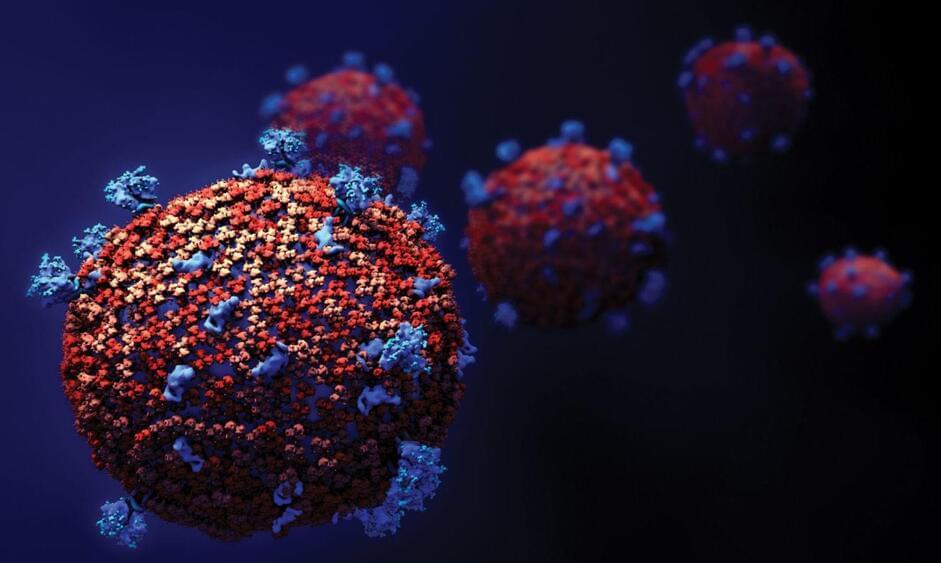


The liver’s ability to regenerate itself is legendary. Even if more than 70% of the organ is removed, the remaining tissue can regrow an entire new liver.
Kristin Knouse, an MIT assistant professor of biology, wants to find out how the liver is able to achieve this kind of regeneration, in hopes of learning how to induce other organs to do the same thing. To that end, her lab has developed a new way to perform genome-wide studies of the liver in mice, using the gene-editing system CRISPR.
With this new technique, researchers can study how each of the genes in the mouse genome affects a particular disease or behavior. In a paper describing the technique, the researchers uncovered several genes important for liver cell survival and proliferation that had not been seen before in studies of cells grown in a lab dish.
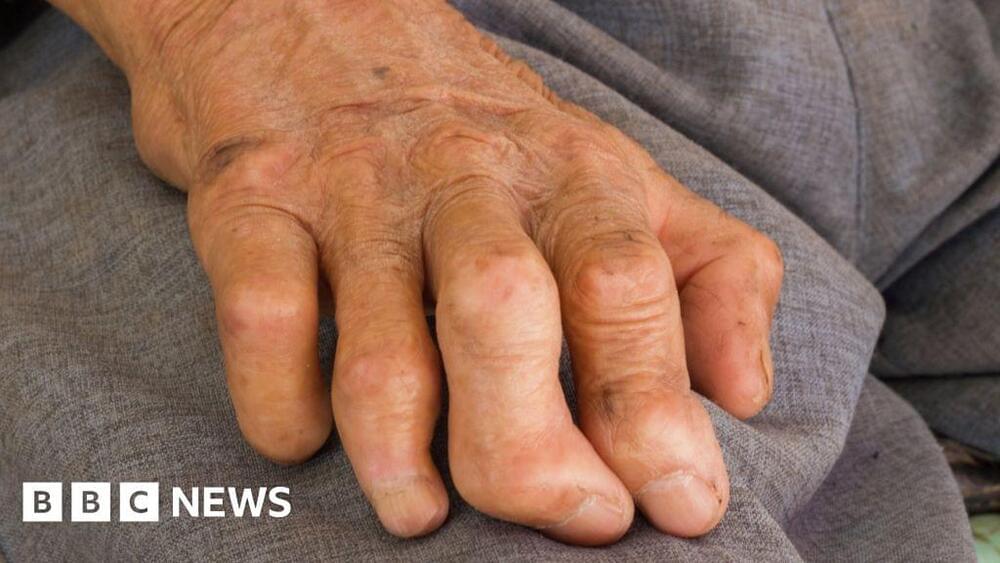
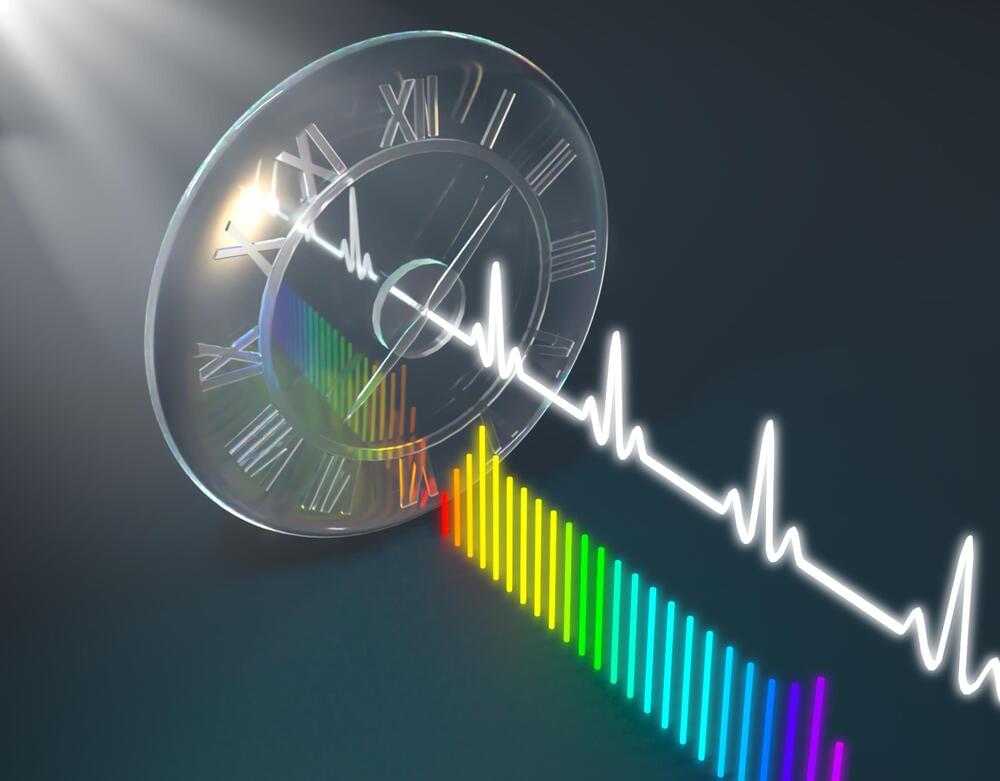
Femtosecond pulsed lasers—which emit light in ultrafast bursts lasting a millionth of a billionth of a second—are powerful tools used in a range of applications from medicine and manufacturing, to sensing and precision measurements of space and time. Today, these lasers are typically expensive table-top systems, which limits their use in applications that have size and power consumption restrictions.
An on-chip femtosecond pulse source would unlock new applications in quantum and optical computing, astronomy, optical communications and beyond. However, it’s been a challenge to integrate tunable and highly efficient pulsed lasers onto chips.
Now, researchers from the Harvard John A. Paulson School of Engineering and Applied Sciences (SEAS) have developed a high-performance, on-chip femtosecond pulse source using a tool that seems straight out of science fiction: a time lens.

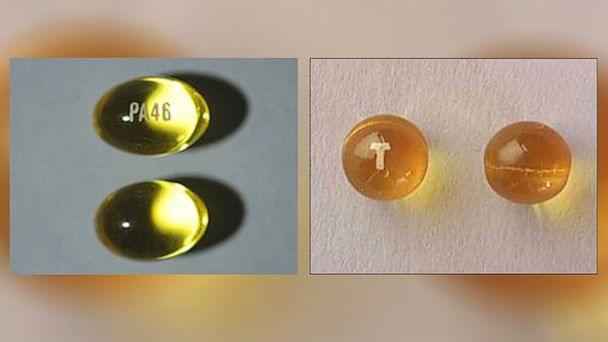
Parents and medical providers are being called on to be careful with prescription cough medication as overdoses among children are on the rise.
Calls to poison control centers in the United States reporting the ingestion of prescription cough medicine by children rose by 158% between 2010 and 2018, according to a study published Tuesday by the Food and Drug Administration.
The study, published in the journal Pediatrics, found that pediatric poisonings involving the drug benzonatate, sold under the brand name Tessalon, have increased each year.
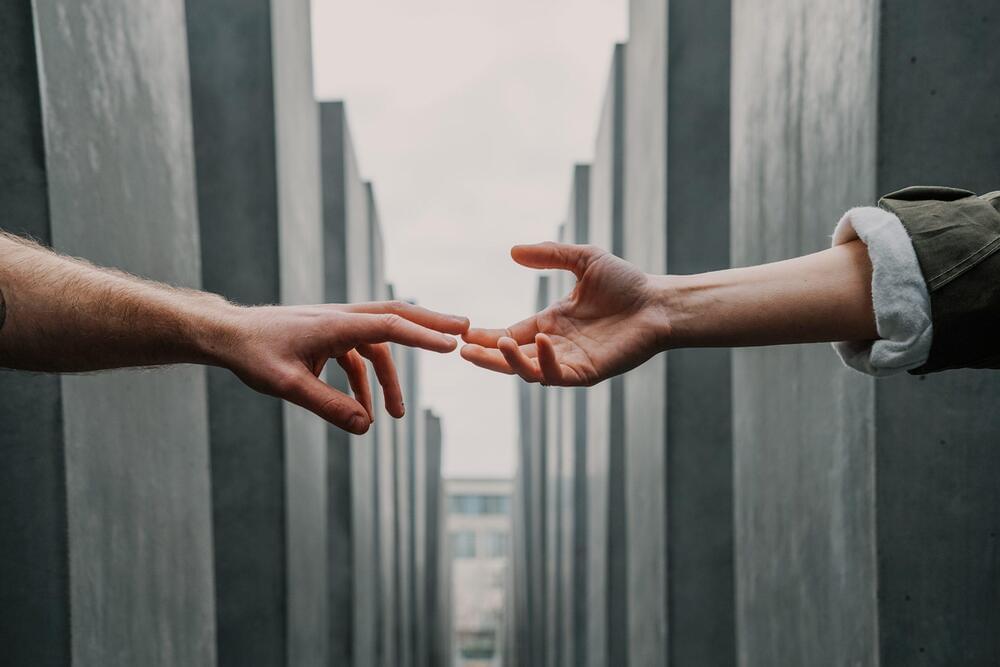
Can we measure empathy?
𝐄𝐦𝐩𝐚𝐭𝐡𝐲 𝐄𝐬𝐭𝐢𝐦𝐚𝐭𝐞𝐝 𝐔𝐬𝐢𝐧𝐠 𝐒𝐢𝐧𝐠𝐥𝐞-𝐂𝐞𝐥𝐥 𝐑𝐞𝐜𝐨𝐫𝐝𝐢𝐧𝐠𝐬 𝐢𝐧 𝐇𝐮𝐦𝐚𝐧 𝐁𝐫𝐚𝐢𝐧
𝘼 𝙨𝙩𝙪𝙙𝙮 𝙞𝙣 𝙚𝙇𝙞𝙛𝙚 𝙖𝙣𝙖𝙡𝙮𝙯𝙚𝙙 𝙩𝙝𝙚 𝙘𝙤𝙣𝙩𝙧𝙞𝙗𝙪𝙩𝙞𝙤𝙣 𝙤𝙛 𝙩𝙝𝙚 𝙞𝙣𝙨𝙪𝙡𝙖 𝙞𝙣 𝙤𝙪𝙧 𝙖𝙗𝙞𝙡𝙞𝙩𝙮 𝙩𝙤 𝙪𝙣𝙙𝙚𝙧𝙨𝙩𝙖𝙣𝙙 𝙩𝙝𝙚 𝙥𝙖𝙞𝙣 𝙤𝙛 𝙤𝙩𝙝𝙚𝙧𝙨 𝙗𝙮 𝙧𝙚𝙘𝙤𝙧𝙙𝙞𝙣𝙜 𝙛𝙧𝙤𝙢 𝙚𝙡𝙚𝙘𝙩𝙧𝙤𝙙𝙚𝙨 𝙚𝙢𝙗𝙚𝙙𝙙𝙚𝙙 𝙞𝙣 𝙩𝙝𝙚 𝙝𝙪𝙢𝙖𝙣 𝙗𝙧𝙖𝙞𝙣 𝙩𝙝𝙖𝙩 𝙢𝙚𝙖𝙨𝙪𝙧𝙚𝙙 𝙣𝙚𝙪𝙧𝙤𝙣𝙖𝙡 𝙖𝙘𝙩𝙞𝙫𝙞𝙩𝙮 𝙞𝙣 𝙞𝙣𝙙𝙞𝙫𝙞𝙙𝙪𝙖𝙡 𝙘𝙚𝙡𝙡𝙨 𝙞𝙣 𝙚𝙥𝙞𝙡𝙚𝙥𝙨𝙮 𝙥𝙖𝙩𝙞𝙚𝙣𝙩𝙨 𝙖𝙨 𝙩𝙝𝙚𝙮 𝙫𝙞𝙚𝙬𝙚𝙙 𝙨𝙝𝙤𝙧𝙩 𝙢𝙤𝙫𝙞𝙚𝙨 𝙤𝙛 𝙖𝙣 𝙖𝙘𝙩𝙧𝙚𝙨𝙨 𝙞𝙣 𝙥𝙖𝙞𝙣. 𝙏𝙝𝙚 𝙨𝙩𝙪𝙙𝙮 𝙞𝙢𝙥𝙧𝙤𝙫𝙚𝙨 𝙤𝙪𝙧 𝙪𝙣𝙙𝙚𝙧𝙨𝙩𝙖𝙣𝙙𝙞𝙣𝙜 𝙤𝙛 𝙩𝙝𝙚 𝙞𝙣𝙝𝙚𝙧𝙚𝙣𝙩 𝙙𝙞𝙛𝙛𝙚𝙧𝙚𝙣𝙘𝙚𝙨 𝙞𝙣 𝙥𝙚𝙤𝙥𝙡𝙚’𝙨 𝙖𝙗𝙞𝙡𝙞𝙩𝙮 𝙩𝙤 𝙚𝙢𝙥𝙖𝙩𝙝𝙞𝙯𝙚 𝙖𝙣𝙙 𝙧𝙚𝙖𝙘𝙩 𝙩𝙤 𝙩𝙝𝙚 𝙥𝙖𝙞𝙣 𝙤𝙛 𝙤𝙩𝙝𝙚𝙧𝙨, 𝙖𝙨 𝙬𝙚𝙡𝙡 𝙖𝙨 𝙥𝙤𝙩𝙚𝙣𝙩𝙞𝙖𝙡 𝙢𝙚𝙘𝙝𝙖𝙣𝙞𝙨𝙢𝙨 𝙛𝙤𝙧 𝙩𝙝𝙚 𝙡𝙖𝙘𝙠 𝙤𝙛 𝙚𝙢𝙥𝙖𝙩𝙝𝙮 𝙞𝙣 𝙘𝙚𝙧𝙩𝙖𝙞𝙣 𝙣𝙚𝙪𝙧𝙤𝙥𝙨𝙮𝙘𝙝𝙞𝙖𝙩𝙧𝙞𝙘 𝙘𝙤𝙣𝙙𝙞𝙩𝙞𝙤𝙣𝙨.
Using intracranial electroencephalographic (iEEG) recordings and single-cell recordings from the human insulae in patients with epilepsy who have electrodes embedded in their brains, scientists have analyzed the contribution of the insula in our ability to understand the pain of others. The study improves our understanding of the inherent differences in people’s ability to empathize and react to the pain of others, as well as potential mechanisms for the lack of empathy in certain neuropsychiatric conditions.
This is primarily about Rejuvant or AKG trials. When they first reported an 8 year age difference I did not truly believe it as that would mean I could take it, de-age, then age a bit, then just take it again. The tests however are ongoing and will feature people who are biologically older than their calendar age. There is also mention of 110 drugs/supplements that do “something” to mice. That would be quite a stack to take.
Dr Brian Kennedy presents potential interventions for extend our healthspan. Among them, Rejuvant – a CaAKG supplement which contain calcium + alpha-ketoglutarate shows better response for people who has biological age older than chronological age.
The first human trial of Rejuvant to reverse human biological age by 8 years in 7 month.
Rejuvant®, a potential life-extending compound formulation with alpha-ketoglutarate and vitamins, conferred an average 8 year reduction in biological aging, after an average of 7 months of use, in the TruAge DNA methylation test.
https://www.ncbi.nlm.nih.gov/pmc/articles/PMC8660611/
Dr. Brian Kennedy is internationally recognized for his research in the basic biology of aging and as a visionary committed to translating research discoveries into new ways of delaying, detecting, and preventing human aging and associated diseases. He is a Professor in the Departments of Biochemistry and Physiology at National University Singapore and Director of the Centre for Healthy Ageing in the National University Health System. From 2010 to 2016 he was the President and CEO of the Buck Institute for Research on Aging. Currently, he remains as a Professor at the Institute. Dr. Kennedy also has an adjunct appointment at the USC Davis School of Gerontology. Dr. Kennedy is also actively involved Biotechnology companies, serving in consulting and Board capacities, as well as Scientific Director of Affirmativ Health. Dr. Kennedy also serves as a Co-Editor-In-Chief at Aging Cell.

This included ‘evaluating life’, such as seeing memories and assessing how they had treated others during their time alive.
Others felt like they were ‘heading to a destination’ or were even aware that CPR was being performed.
Dr Sam Parnia, study author and a critical care expert from New York medical centre NYU Langone Health, said patients can also be aware of activities in intensive care after CPR and hear medics treating them.
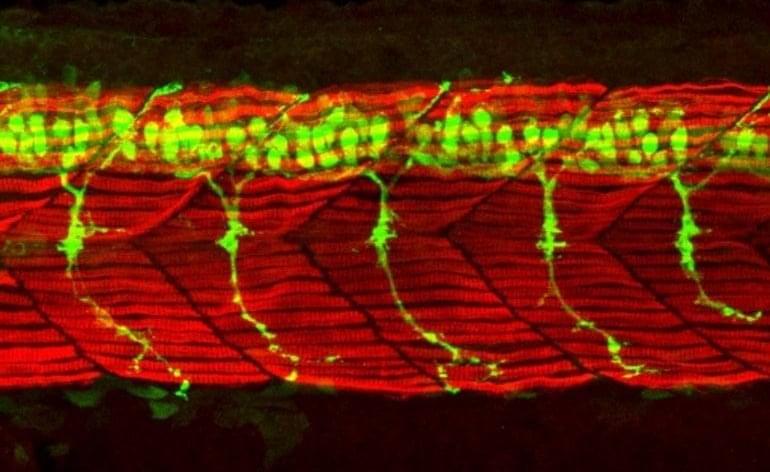
Summary: Findings could have implications for new avenues of research for a range of neurodegenerative diseases including ALS and Alzheimer’s.
Source: University of Bath.
A discovery that may improve treatment options for patients with neurodegenerative diseases has been made by scientists at King’s College London and the University of Bath in the UK.